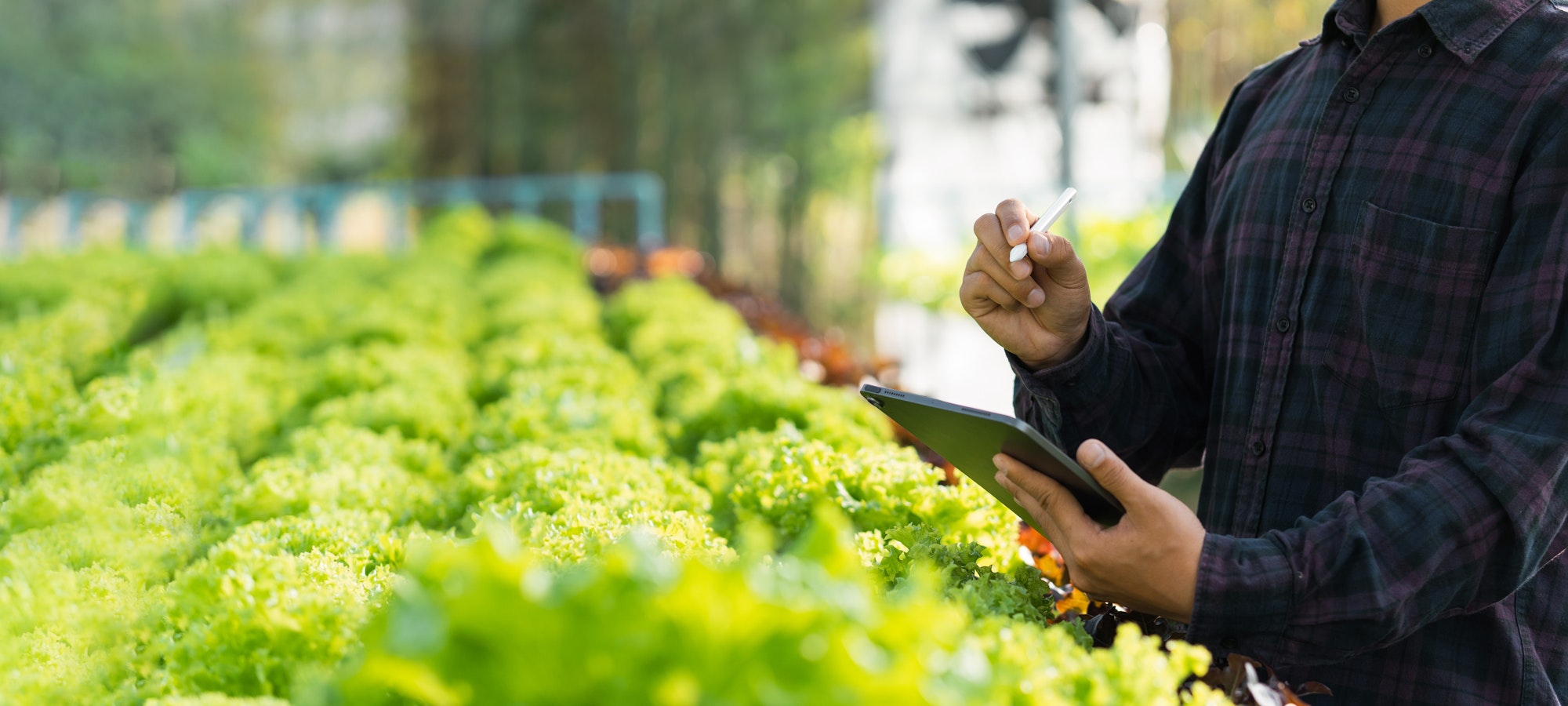Why Farms are Buddying Up with AI
American farmers are getting tight with artificial intelligence (AI) and here’s why: they’ve got a bunch of problems like not enough people to work the farms and a whole world to feed. Plus, many farmers are getting older, and let’s be real, not everyone dreams of getting their hands dirty on a farm anymore. Enter AI, the techy friend that promises to make things easier and keep those veggies growing.

The Big Problem: Not Enough Hands
Farming’s got a big issue: there aren’t enough people to do the work. With most farmers checking their mail for senior discounts, and younger folks not too keen on farming as a career, we’re in a bit of a pickle. The folks who keep track of this stuff, like the American Farm Bureau Federation, say finding people to work is getting tougher by the day.
AI to the Rescue
So, what’s the game plan? Bring in the robots and AI. Think drones buzzing over fields checking on crops, and tractors that drive themselves. This tech isn’t just cool; it’s cutting down the need for people to do the grunt work and making farming way more efficient.
AI and the Weather Woes
Then there’s the weather, which lately has been more unpredictable than a plot twist in a telenovela. Bad weather means bad news for crops, but AI’s got a plan for that too, helping farms stay productive even when Mother Nature is on a rampage.
Farming with Laser Precision
AI’s big brain moment in farming is something called precision agriculture. It’s like having GPS for farming, telling you exactly where to water, plant, or fertilize. This means less waste and happier plants, which is good news for everyone, especially the planet.
The Cool Gadgets and Who’s Making Them
Companies like John Deere are leading the charge, turning farms into something out of a sci-fi movie. They’ve got gadgets that can spot a weed a mile away and zap it without harming the good plants. This could mean using way less weed killer, which is a win for the environment and farmers’ wallets.
Looking Ahead: AI’s Big Plans for Farming
The future of farming with AI looks pretty bright. It’s not just about making farming easier; it’s about feeding more people with less land and less work. By tackling problems like labor shortages and unpredictable weather, AI is setting the stage for a world where hunger takes a back seat.
So, there you have it: American farms are turning to AI to solve some pretty big problems, from not enough farmhands to climate change headaches. With the help of smart tech, like drones and self-driving tractors, farming is getting a major upgrade, aiming to keep our plates full without trashing the planet.

FAQ: AI in Farming – What’s the Big Deal?
1. Why are US farms using AI?
US farms are leaning on AI to tackle a bunch of challenges. With not enough folks interested in farming jobs and a global need to pump out more food, AI offers a smart solution. It helps in managing farms more efficiently, needing fewer people for the heavy lifting, and keeping up with the world’s appetite.
2. What kind of AI tech is being used on farms?
Think drones flying over fields to check on crops, tractors that drive themselves, and smart systems that know exactly where a weed is hiding. This tech helps farmers use less water and chemicals and make better decisions about how to take care of their crops.
3. How does AI help with the weather problems in farming?
AI comes into play with tools that can predict weather patterns and their effects on farming. This means farmers can prepare better for droughts, floods, or any other weather curveballs, keeping their crops safer and their yields higher.
4. Can AI actually make farming more environmentally friendly?
Absolutely. By pinpointing exactly where to water, fertilize, or treat plants, AI reduces waste and the use of chemicals. For example, if a machine can spot and spray just the weeds, you’re looking at a huge cutback in herbicide use. It’s good for the wallet and even better for the planet.
5. What’s the future of AI in agriculture?
The future’s looking tech-savvy with AI poised to revolutionize farming. It’s all about producing more food with less: less land, less labor, and less waste. This could mean a world where food shortages are less of a worry and farming leaves a lighter footprint on the environment. It’s not just about today’s problems but feeding the future in a smarter, more sustainable way.
Sources BBC


